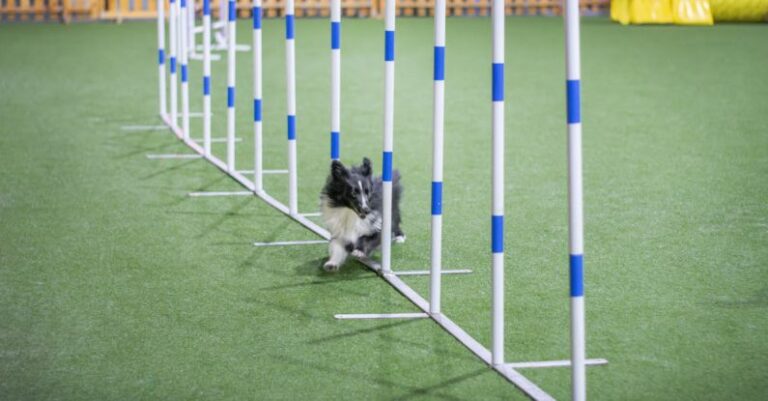
In the ever-evolving world of robotics, integrating artificial intelligence (AI) with remote-controlled (RC) robots has become increasingly popular among enthusiasts and professionals alike. The fusion of AI technology with RC robots opens up a world of possibilities, allowing for enhanced autonomy, decision-making capabilities, and overall performance. If you’re looking to take your RC robot to the next level by incorporating AI, here’s how you can do it effectively.
Understanding the Basics of AI Integration
Before delving into the specifics of integrating AI with your RC robot, it’s crucial to have a basic understanding of what AI entails. AI refers to the simulation of human intelligence processes by machines, encompassing tasks such as learning, reasoning, and problem-solving. When applied to robotics, AI enables robots to perceive their environment, make decisions based on the data they gather, and adapt to changing circumstances autonomously.
Selecting the Right AI Platform
When it comes to integrating AI with your RC robot, choosing the right AI platform is vital. There are various AI platforms available, each offering different capabilities and functionalities. Popular choices include TensorFlow, OpenCV, and ROS (Robot Operating System). Consider the specific requirements of your project and the compatibility of the AI platform with your RC robot before making a decision.
Implementing Sensors for Data Collection
To enable your RC robot to interact with its environment and make informed decisions, you’ll need to equip it with sensors for data collection. Sensors such as cameras, ultrasonic sensors, and infrared sensors can provide valuable information about the robot’s surroundings, allowing it to navigate effectively and perform tasks autonomously. Ensure that the sensors you choose are compatible with both your RC robot and the AI platform you’re using.
Training Your AI Model
Once you’ve set up the necessary hardware components and selected an AI platform, the next step is to train your AI model. Training an AI model involves feeding it with data, enabling it to learn patterns and make predictions based on the information it receives. For a successful integration of AI with your RC robot, you’ll need to train the model to perform specific tasks, such as object detection, obstacle avoidance, or path planning.
Testing and Fine-Tuning
After training your AI model, it’s essential to test it thoroughly to ensure that it functions as intended. Conduct various tests to evaluate the performance of your RC robot in different scenarios, making adjustments as needed to improve its capabilities. Fine-tuning your AI model based on the test results will help enhance the robot’s efficiency and accuracy in real-world applications.
Enhancing Interaction with AI Features
Integrating AI with your RC robot opens up a wide range of possibilities for enhancing its interaction with the environment. Consider incorporating advanced AI features such as natural language processing, gesture recognition, or predictive maintenance to take your robot to the next level. These features can add a new dimension to the capabilities of your RC robot, making it more versatile and intelligent in its operations.
Expanding the Scope of Applications
By integrating AI with your RC robot, you can expand the scope of applications it can be used for. From autonomous navigation in complex environments to collaborative tasks with humans, AI-enabled RC robots have the potential to revolutionize various industries, including manufacturing, healthcare, and agriculture. Explore different use cases and experiment with new functionalities to unlock the full potential of your AI-integrated RC robot.
Incorporating AI Ethics and Safety Measures
As you explore the possibilities of integrating AI with your RC robot, it’s essential to consider ethics and safety measures. AI technologies raise important ethical questions regarding privacy, security, and bias that must be addressed to ensure responsible use. Implement safety protocols and mechanisms to prevent accidents and ensure the safe operation of your AI-integrated RC robot in diverse environments.
Continued Innovation and Exploration
The integration of AI with RC robots represents a dynamic field with endless possibilities for innovation and exploration. Stay updated on the latest advancements in AI technology and robotics to continue pushing the boundaries of what your RC robot can achieve. Collaborate with other enthusiasts and experts in the field to exchange ideas, share knowledge, and inspire new developments in AI-integrated robotics.
Embracing the Future of Robotics with AI Integration
In conclusion, integrating AI with your RC robot offers a gateway to a future where intelligent machines can interact with the world in unprecedented ways. By understanding the basics of AI integration, selecting the right AI platform, implementing sensors, training your AI model, and testing and fine-tuning its performance, you can elevate the capabilities of your RC robot to new heights. Embrace the potential of AI-enabled robotics and embark on a journey of innovation and discovery in the exciting realm of intelligent machines.





